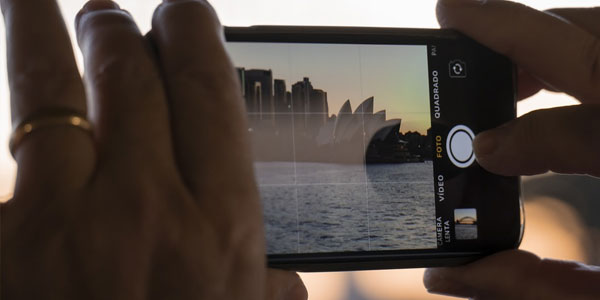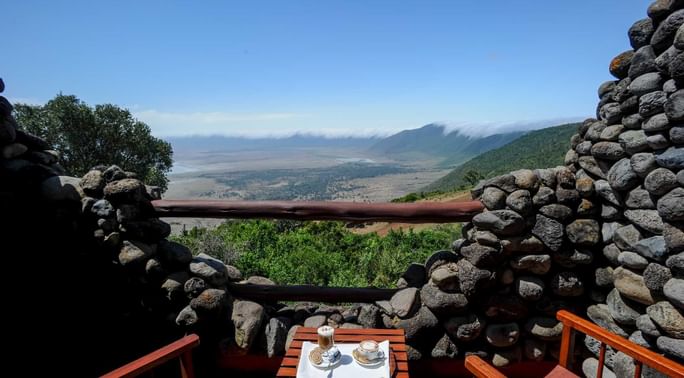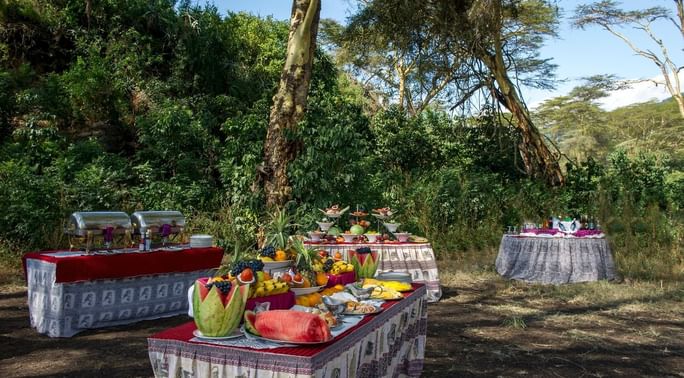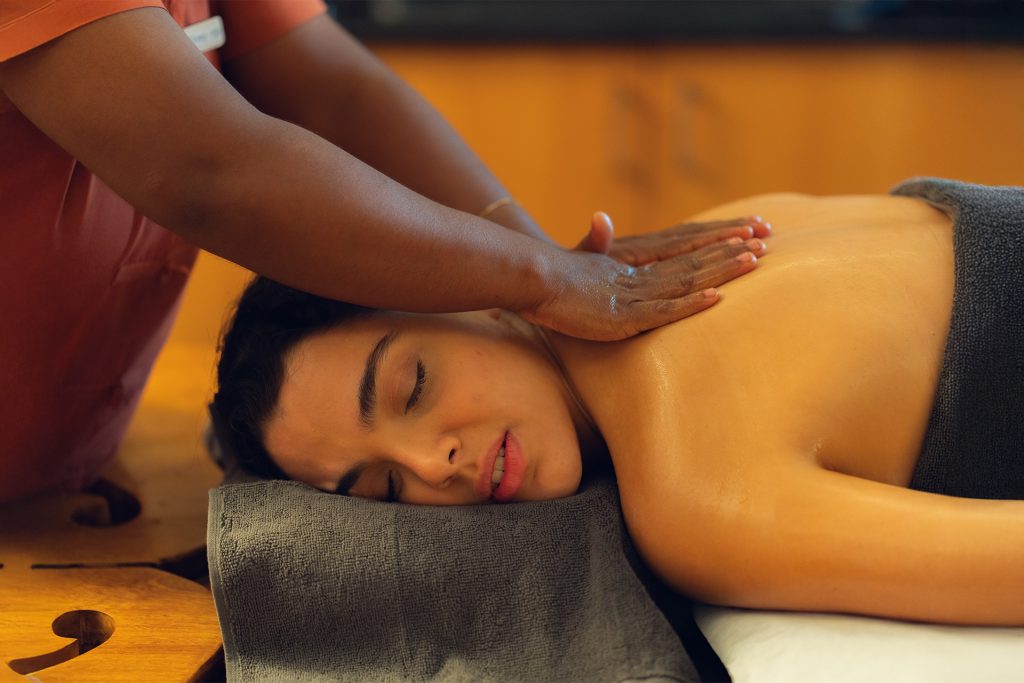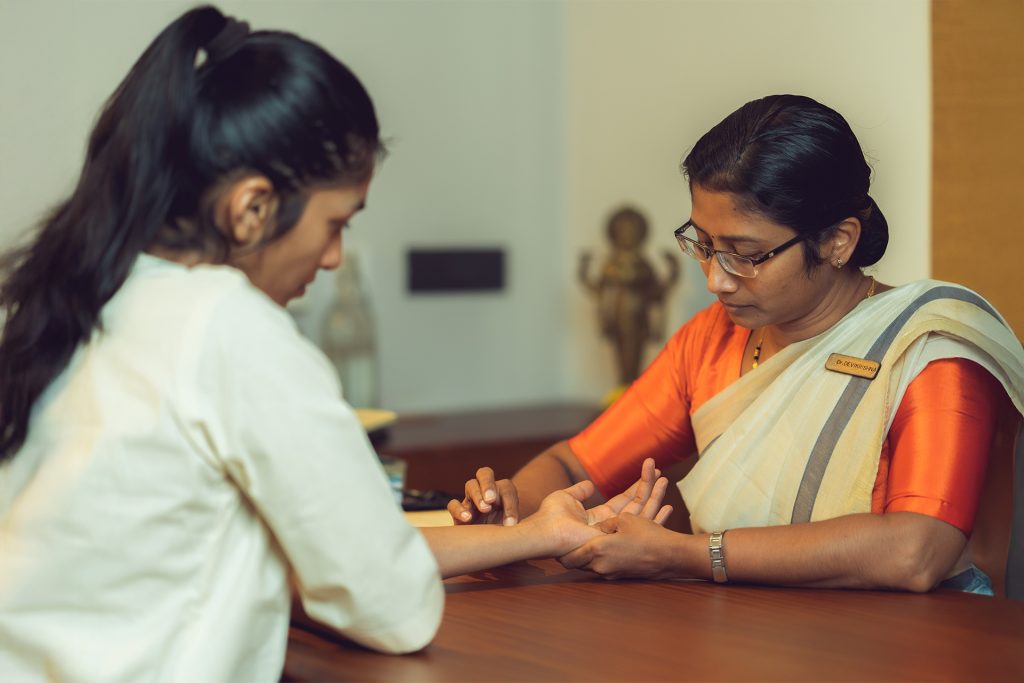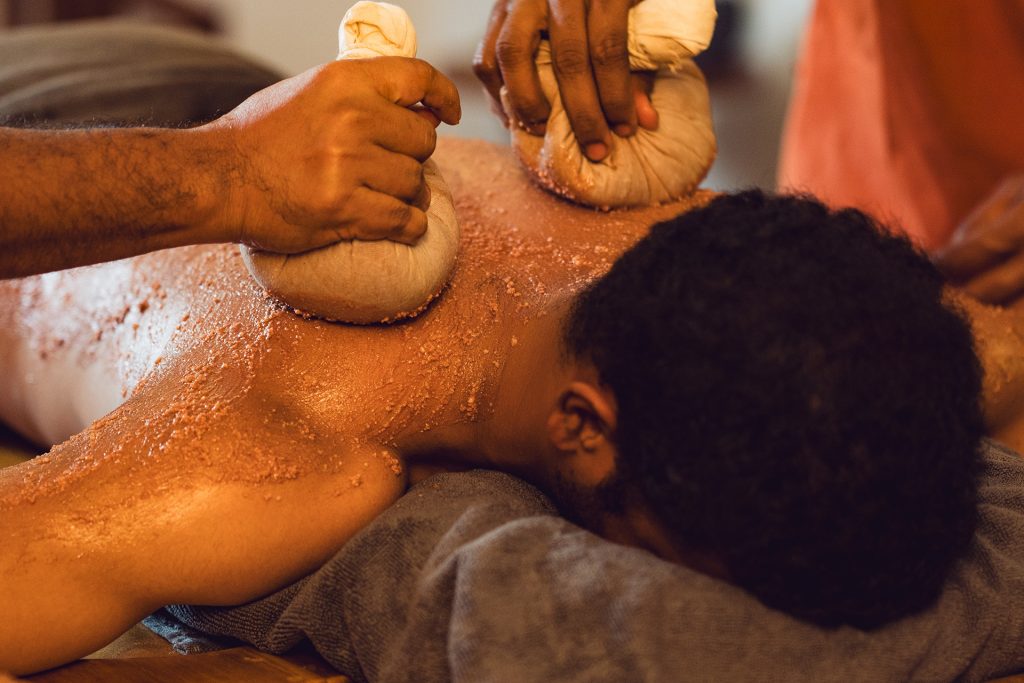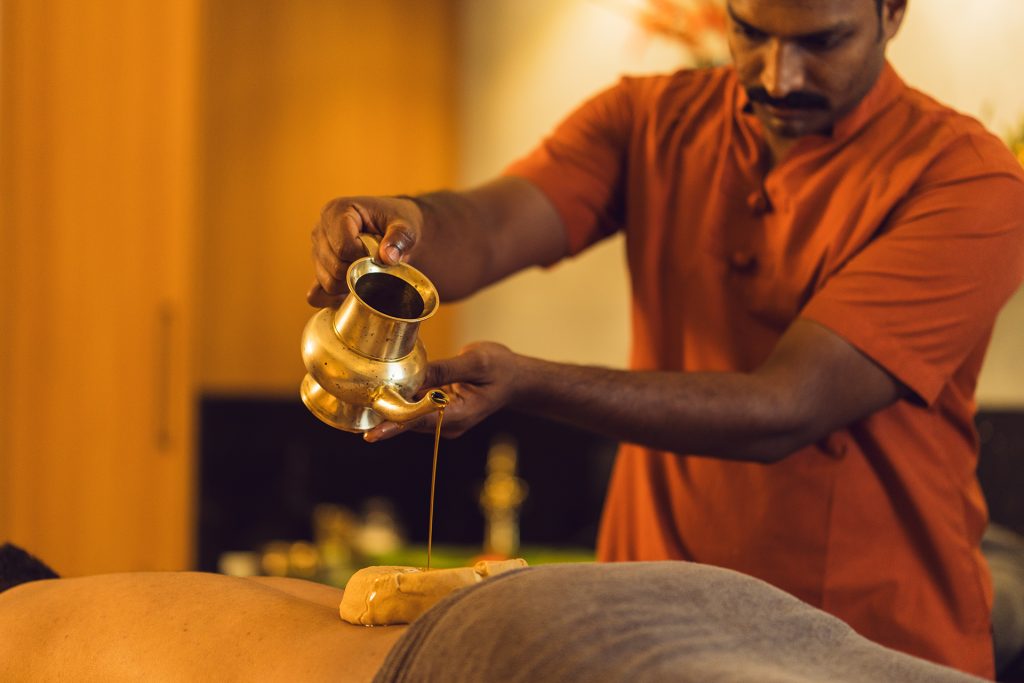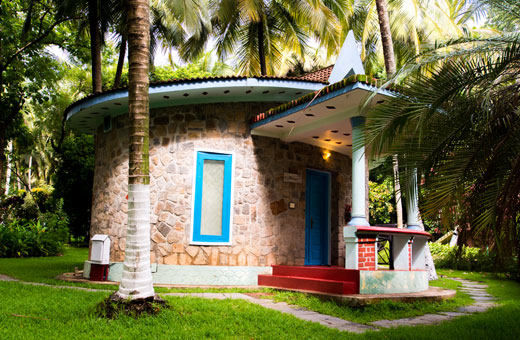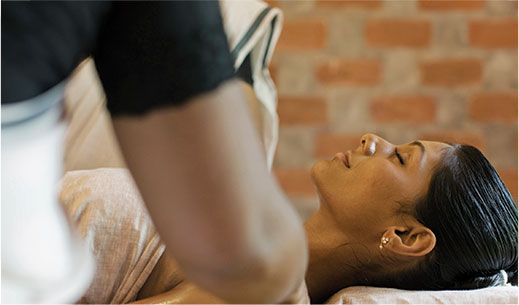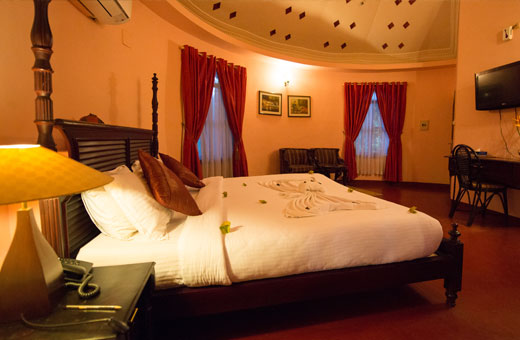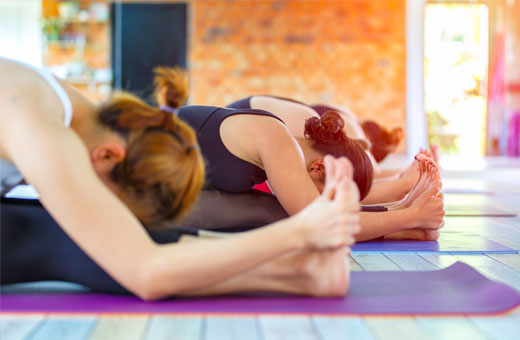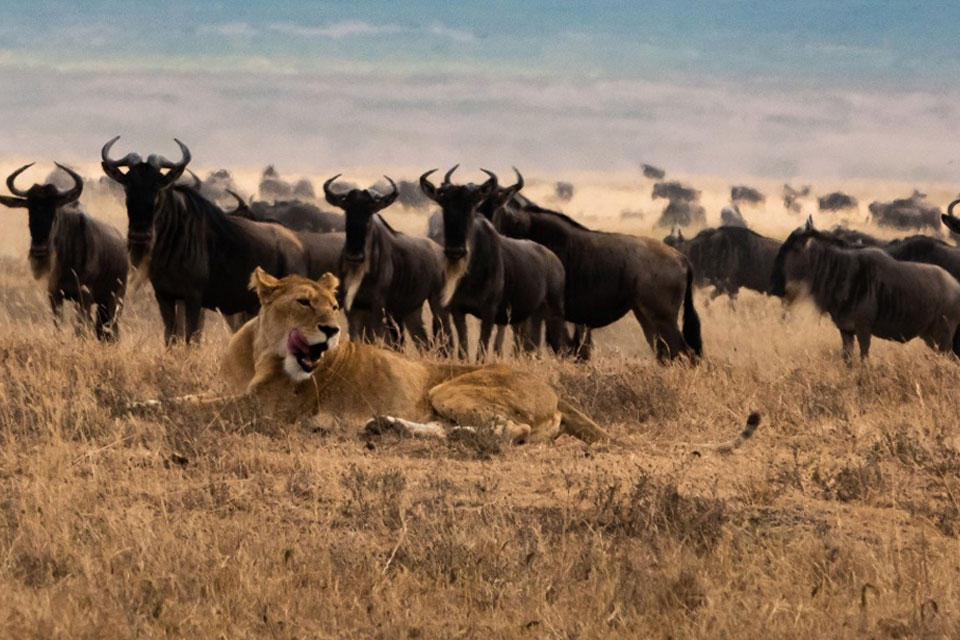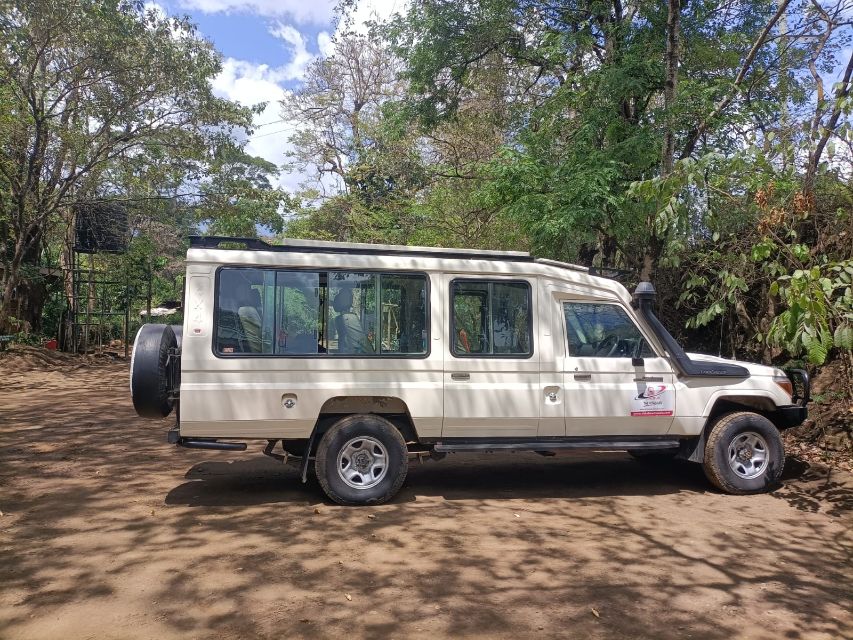When you’ve planned to take time out of your life, travel far from home, and you’ve spent your own hard-earned money on your well-deserved vacation, it’s only natural to want photos to remember your trip. But you don’t need to spend big money on a fancy camera with expensive lenses, flashes and other accessories to get those pictures. Not only is that equipment valuable and breakable, but it’s a lot of weight and baggage to be lugging around on your vacation. These days, everyone has a smartphone. And whether your smartphone is an iPhone, Samsung, LG or any other, they all have cameras. And we’re going to tell you how to use your smartphone to take amazing pictures of your next vacation.
1. Keep the pictures simple
Yes, there’s a lot to see on vacation, but you’re not trying to capture it all in one picture. You just want a simple plant, a building, a moment. So just try to capture that. Your photo composition will be strongest when there’s just one subject, so focus in on the one thing that interests you, and leave as much white space (called negative space in photography) in the background. Don’t worry that the negative space will make your photo uninteresting – actually, it will make your subject stand out even more. To make sure there’s nothing distracting in your photo, move closer to the subject, or move things out of the way to make sure the focus is on what you want to capture – not the stuff around it.

2. Change the angle
Most people take their smartphone pictures from their chest or face level, because that is what’s easiest. But changing the angle of your picture can change the look of the whole shot. Get creative and think about taking pictures from different perspectives. For example, shoot from a lower angle so your shots are “looking” upwards. This is a perspective not many people see the world through, giving your photo something unique. If you’re outdoors, it can also give your photo a large expanse of the sky – easily removing those unwanted distractions and keeping your pictures simple and elegant. Shooting from a low angle also lets you show details in the foreground that would otherwise be lost.
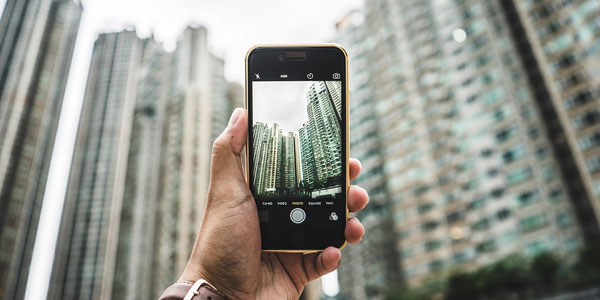
3. Find the Right Light
When you’re outside, sunrise and sunset will always provide beautiful light for whatever photo you’re taking. The warm light as the sun sits just over the horizon, plus the long shadows the low sun creates, make for lovely compositions. Many tourist spots in the world including Machu Pichu in Peru and Angkor Wat in Cambodia are swarmed with tourists just before sunrise and sunset, waiting to catch the perfect light at that magical moment with the sun just over the horizon. If you’re going to see an amazing sight that you might only see once in your life, it’s worth waking up early to get the best picture you can. When you’re taking pictures in the daytime, be mindful that the light is much harsher, and use elements like buildings or trees to block the sun and create shadows for effect.

4. Use the Rule of Thirds
The Rule of Thirds is a photography technique used to build visual interest in your picture. The rule states that when your photo is broken up into nine equal squares, your subject should only be in one third of the image. You can easily employ this rule by setting your smartphone camera to show grid lines, which creates a 3x3 grid on the screen. Try keeping the subject of your photo in the right or left grid instead of in the centre of the frame, to create a more interesting and dynamic composition. On an iPhone, grid lines can be found under Settings > Camera > Grid. On Android phones, open the settings in your camera app and turn on the assistive grid.
Some Quick Tips:
Keep Your Lens Clean! Give it a wipe every now and then to get off any dirt, salt or fingerprints. This will prevent your photos from turning out blurry.
Focus! Tap the screen on the subject in your photo. Doing this will focus on your subject, and adjust the light in your photo to keep your subject as the focal point.
Avoid Zooming! If you want to get a closer shot, move your feet. When you have a smartphone, your zoom is your legs. Because smartphone cameras aren’t built with zoom lenses, using the zoom feature on a smartphone camera really just crops the photo, and can result in a distorted image. You’ll get a better picture if you move closer or crop the photo later.
Avoid the Flash! As much as you can, use the light in the environment around you. The flash is just a small source of light and can make skin look harsh and the overall photo look flat.
